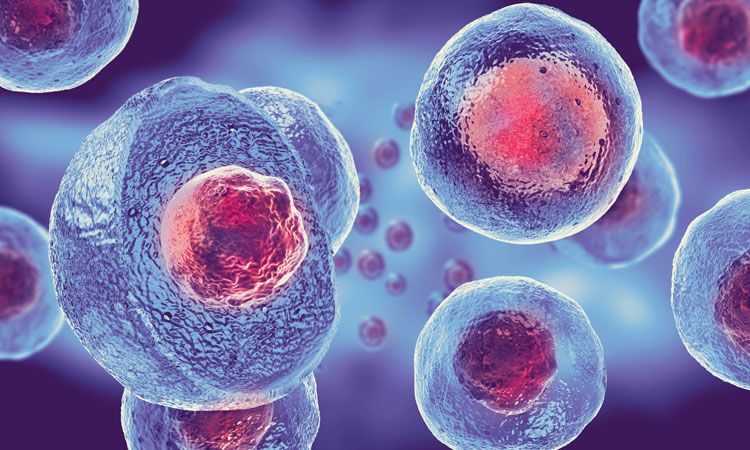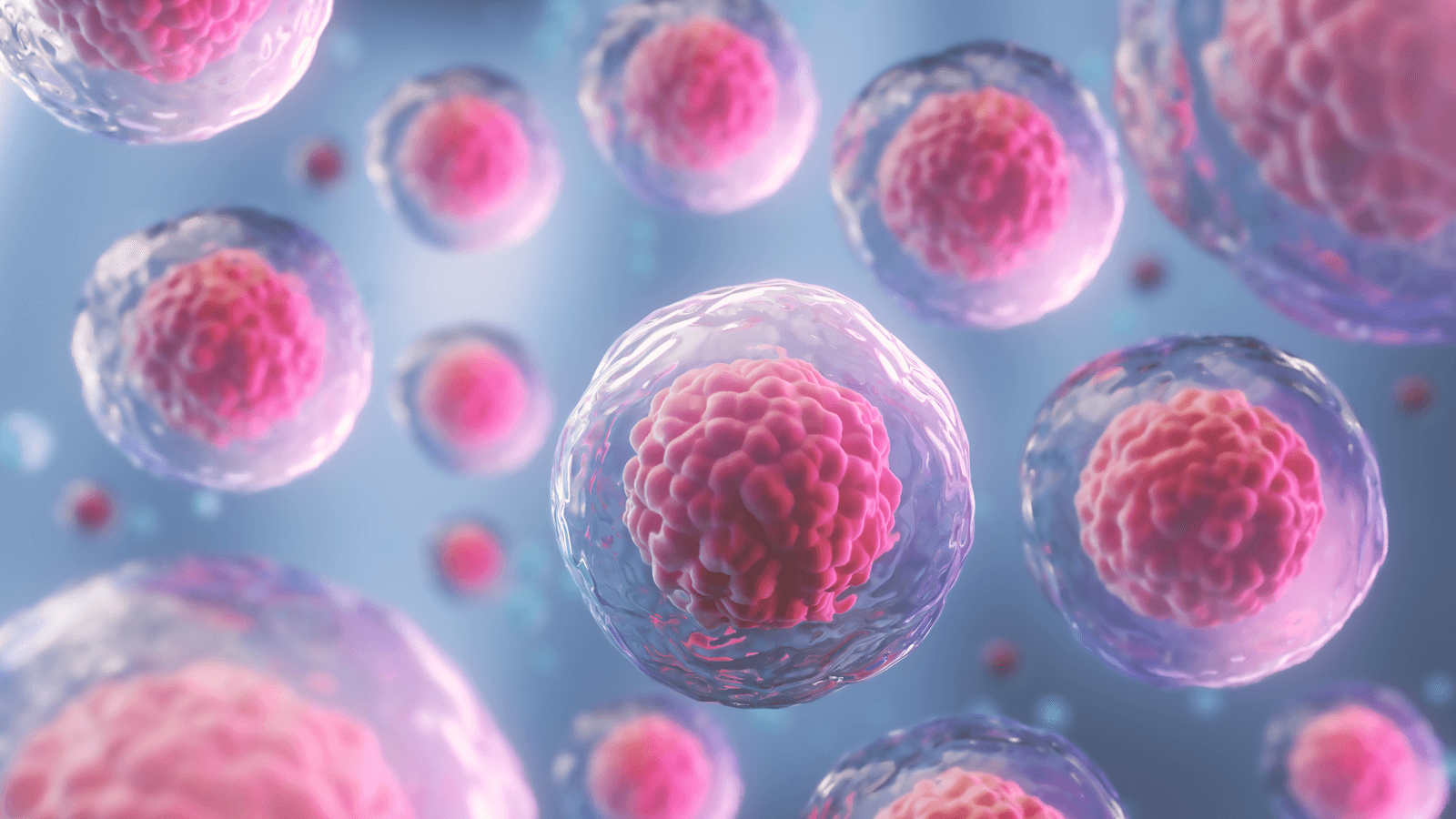
Stem cell Suspension Spheroid Cultures
Regenerative medicine largely depends on research performed using stem cells. Stem cells are characterized by stemness which is defined as the ability for self-renewal, to generate new stem cells from one original cell, and by multipotency, which refers to their ability to generate new differentiated cells (3). These characteristics of stem cells allow them to be used for a wide variety of applications ranging from cell-based therapy, high throughput toxicity assays and drug screening as well as in tissue engineering (4-5).
Stem cell in vitro cultures
To achieve the optimum conditions required for stemness maintenance, stem cells need to be cultured in an in vivo-like microenvironment with growth factors and cell-cell, cell- extracellular matrix (ECM) interactions. Such an environment is essential to promote proliferation and enhance cellular viability (4,5). To this end, 3D cell culture systems have become an effective platform to reconstitute in vivo-like conditions that are optimal for forming cell-cell and cell-ECM connections, while maintaining native cellular properties (6).
Spheroid culture systems
Spheroid cultures are among the most promising and versatile 3D cell culture systems. Cells are allowed to aggregate and go through their natural process of self-assembly to form round and uniform spheroids. The cultivation of stem cells as 3D spheroids preserves their cellular morphology as well as the intrinsic phenotypic characteristics of stem cells (7). Within spheroids, stem cells are encouraged to express transcriptional factors such as Oct-4 and Nanog that are necessary to maintain stemness. It has been shown that stem cell-derived spheroids express higher levels of cytokines and chemokines associated with proliferation, viability and cell migration, along with higher levels of angiogenic factors compared to stem cells cultivated as 2D monolayer. Overall the cultivation of stem cells as spheroids has notably improved stem cell viability and proliferation rates in in vitro conditions (8).
Static suspension cultures using non-adherent surfaces
Ultra-low attachment plates can be used to generate uniform and round spheroids starting from suspension cultures.. Spheroids are commonly cultured in multi-well plates coated with special non-adherent layer such as agar, agarose (8) or specialized polymer coating such as BIOFLOATTM Flex coating solution (9). Such a coating forms a cell repellant surface that prevents cell adhesion and encourage the cells to self-aggregate. Agarose is an efficient and commonly used biomaterial to prevent cell attachment, although it has been unsuccessful in culturing cancer spheroids, due to its interaction with cancer cells thus preventing the activation of signaling pathways needed for cell response (10,11).
Commercial products such as BIOFLOATTM pre-coated multi-well plates have become successful as an efficient spheroid culture platform. BIOFLOATTM coated plates are biologically inert, thus do not interact with any cells or interfere with cellular response. Additionally, their high cell repellant properties promote the rapid self-aggregation of cells, making them an attractive culture platform for high throughput analysis. Additionally, BIOFLOATTM plates are compatible with a wide rage of cells, including stem cells, and can be used for diverse research applications (9).
References
- Prockop, D.J.; Kota, D.J.; Bazhanov, N.; Reger, R.L. Evolving paradigms for repair of tissues by adult stem/progenitor cells (MSCs). J. Cell. Mol. Med. 2010, 14, 2190–2199.
- Stroncek, D.F.; Sabatino, M.; Ren, J.; England, L.; Kuznetsov, S.A.; Klein, H.G.; Robey, P.G. Establishing a bone marrow stromal cell transplant program at the National Institutes of Health Clinical Center. Tissue Eng. Part B Rev. 2014, 20, 200–205
- Ramalho-Santos, M.; Yoon, S.; Matsuzaki, Y.; Mulligan, R.C.; Melton, D.A. “Stemness”: Transcriptional profiling of embryonic and adult stem cells. Science 2002, 298, 597–600
- Zhang, S.; Liu, P.; Chen, L.; Wang, Y.; Wang, Z.; Zhang, B. The effects of spheroid formation of adipose-derived stem cells in a microgravity bioreactor on stemness properties and therapeutic potential. Biomaterials 2015, 41, 15–25.
- Lei, Y.; Schaffer, D.V. A fully defined and scalable 3D culture system for human pluripotent stem cell expansion and differentiation. Proc. Natl. Acad. Sci. USA 2013, 110, E5039–E5048.
- Rosso, F.; Giordano, A.; Barbarisi, M.; Barbarisi, A. From cell-ECM interactions to tissue engineering. J. Cell Physiol. 2004, 199, 174–180.
- Murphy, K.C.; Hoch, A.I.; Harvestine, J.N.; Zhou, D.; Leach, J.K. Mesenchymal stem cell spheroids retain osteogenic phenotype through alpha2beta1 signaling. Stem Cells Transl. Med. 2016, 5, 1229–1237.
- Ryu NE, Lee SH, Park H. Spheroid Culture System Methods and Applications for Mesenchymal Stem Cells. Cells. 2019 Dec 12;8(12):1620.
- https://facellitate.com/wp-content/uploads/Establishment-of-perfect-3D-spheroids-for-1.pdf
- Carvalho, M.P.; Costa, E.C.; Miguel, S.P.; Correia, I.J. Tumor spheroid assembly on hyaluronic acid-based structures: A review. Carbohydr. Polym. 2016, 150, 139–148.
- Carvalho, M.P.; Costa, E.C.; Correia, I.J. Assembly of breast cancer heterotypic spheroids on hyaluronic acid coated surfaces. Biotechnol. Prog. 2017, 33, 1346–1357.




